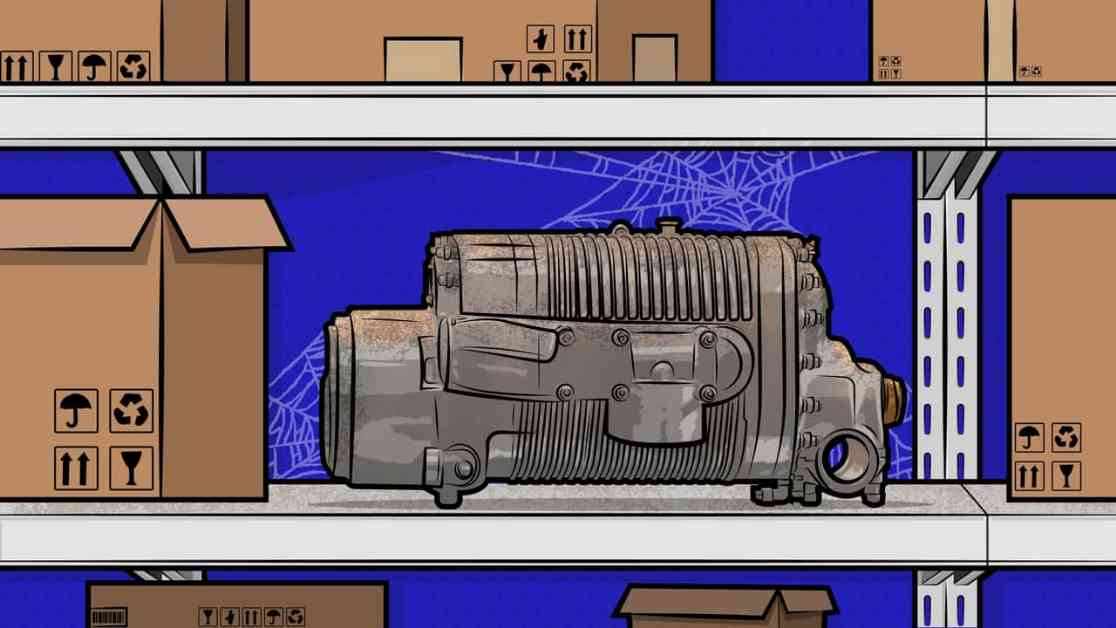The invention of the machine that eventually evolved into the supercharger predates the practical internal-combustion car by many years. Two brothers, Philander and Francis Roots, created the Roots Blower as an attempt to improve a water wheel. This mechanism consisted of two lobed impellers meshed together and spinning in opposite directions. This accidental discovery occurred when the machine blew someone’s hat off during testing, showcasing its ability to move air effectively. The Roots Blower was patented in 1860 and was initially used in blast furnaces, mine-shaft ventilation, and even in New York City’s first subway system.
As time progressed, German inventor Henrich Krigar designed a twin-rotor air compressor in the 1870s, which laid the foundation for the development of superchargers. Engineers like Rudolf Diesel and Louis Renault recognized the potential of superchargers and began using them in compression-ignition engines and gas engines. The primary advantage of superchargers has always been their ability to increase power by allowing more air into the combustion chamber.
During World War I, superchargers gained popularity, with Mercedes utilizing Roots-type superchargers in their power plants. This technology continued to evolve, with companies like BMW, Bentley, and Auto Union incorporating superchargers into their vehicles. The supercharger played a crucial role in World War II, powering combat aircraft with forced induction.
After the war, supercharging faded from production road cars but remained popular in aftermarket applications. Companies like Judson and Paxton produced centrifugal supercharger kits for various vehicles. Lancia and Toyota were among the first major OEMs to reintroduce supercharging in the 1980s, followed by Ford, Jaguar, and Mercedes in the 1990s.
Ford made a significant impact on the supercharging scene in the early 2000s with models like the F-150 SVT Lightning and the Terminator Mustang. Other manufacturers like Jaguar, Dodge, and GM joined the supercharging trend, creating high-performance vehicles with impressive power outputs. However, the rise of turbocharging posed a challenge to superchargers due to their fuel-economy penalty and constant drain on the engine.
In recent years, many automakers have shifted towards turbocharging as a more efficient alternative to supercharging. While some models still feature superchargers, the trend is moving towards turbocharged engines for improved fuel efficiency. The future of supercharging relies on enthusiasts and the aftermarket to keep the technology alive, as it faces competition from more fuel-efficient turbochargers. Despite its long history and significant impact on automotive performance, the supercharger’s future remains uncertain in a rapidly evolving industry.










